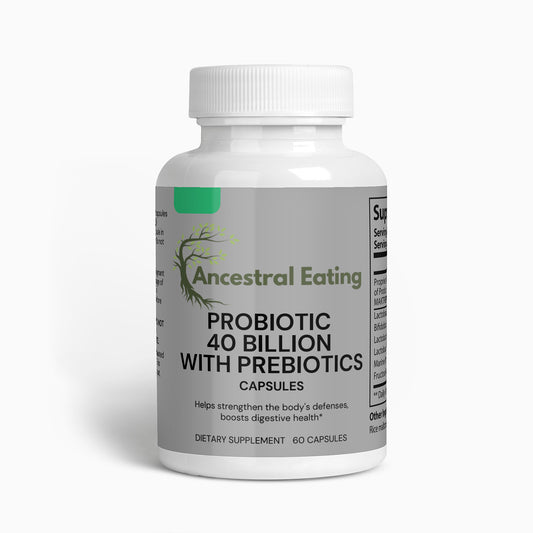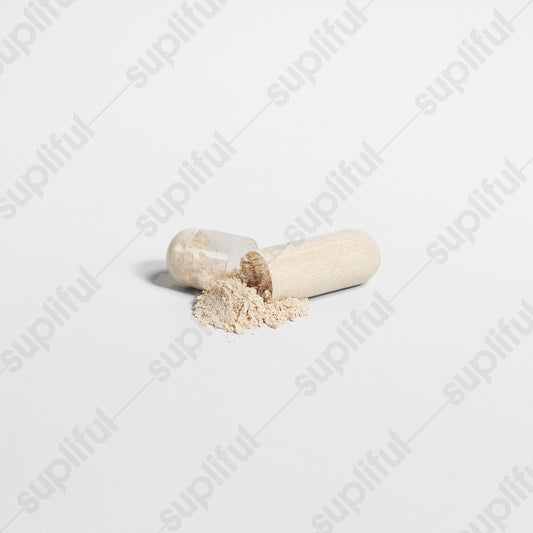The Republic of Korea, commonly known as South Korea, has a food history that's rich and diverse. Korean cuisine, over the last 500 years, has been influenced by its natural environment, neighboring countries, various dynasties, and more recently, by globalization. Here's a broad overview of the foods eaten by the people of Korea over this time frame:
-
Rice: The staple grain of Korea. It is commonly steamed and served as plain white rice but is also used in dishes like:
- Bibimbap: Rice mixed with vegetables, meat, and spicy sauce.
- Juk: Rice porridge, often served as a breakfast or a light meal.
-
Kimchi: Fermented vegetables, with the most famous variety being napa cabbage and Korean radishes, fermented with chili pepper, garlic, ginger, and jeotgal (salted seafood).
-
Jjigae (Stews):
- Kimchi jjigae: A stew made with kimchi and often added with tofu and pork.
- Doenjang jjigae: Made with fermented soybean paste, vegetables, and often seafood or meat.
-
Banchan: Small side dishes that accompany rice in a typical Korean meal. This includes various kimchis, stir-fried vegetables, pickled dishes, and more.
-
Meat Dishes:
- Bulgogi: Marinated and grilled beef.
- Samgyeopsal: Grilled pork belly.
- Galbi: Marinated and grilled ribs.
-
Seafood: Due to its peninsular location, a variety of seafood has been consumed:
- Fresh, grilled, stewed, or even fermented as in jeotgal.
-
Noodles:
- Japchae: Stir-fried glass noodles with vegetables and meat.
- Naengmyeon: Cold buckwheat noodles.
- Kalguksu: Handmade, knife-cut wheat flour noodles.
-
Soups:
- Seolleongtang: Ox bone soup.
- Samgyetang: Chicken soup with ginseng.
-
Tofu (Dubu): Consumed in various forms, from stews to side dishes.
-
Sauces and Seasonings:
- Gochujang: Red chili paste.
- Doenjang: Fermented soybean paste.
- Ganjang: Soy sauce.
- Desserts and Snacks:
- Tteok: Rice cakes. Examples include songpyeon, bingsu, and tteokbokki.
- Hangwa: Traditional sweets and cookies.
- Hwachae: Traditional fruit punch.
- Beverages:
- Makgeolli: Rice wine.
- Soju: Distilled spirit.
- Cha: Tea, with green tea (nokcha) being very popular.
-
Chinese and Japanese Influences: Korea's neighboring countries introduced certain cooking techniques, ingredients, and dishes.
-
Royal Cuisine: The Joseon Dynasty (1392-1897) developed sophisticated royal cuisine which included dishes like sinseollo, gujeolpan, and more.
-
Modern Influences:
- The 20th and 21st centuries have seen the influence of Western and other global cuisines on Korean food, with the adoption of foods like bread, pizza, pasta, and more. Additionally, fusion dishes and modern reinterpretations of traditional dishes have emerged.
- Street Food: In the modern era, especially in the hustle and bustle of cities like Seoul, street food like odeng (fish cakes), tteokbokki (spicy rice cakes), and hotteok (sweet pancakes) have become popular.
Korean cuisine, over the last 500 years, has retained its core flavors and ingredients while also evolving and incorporating new influences. The deep appreciation for nature and seasonal ingredients remains a hallmark of the culinary culture.






